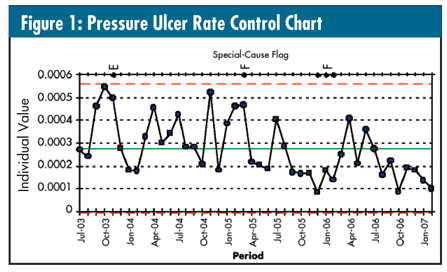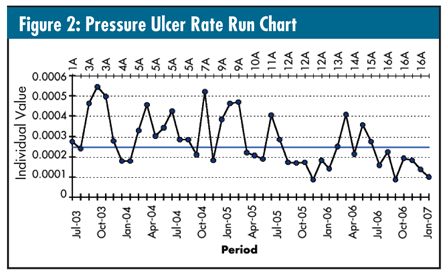Take a look at the control chart in figure 1. There are no observations outside the common-cause limits, but there are five special-cause flags:

• Observation 5: Two out of three consecutive points greater than two standard deviations away from the mean
• Observations 21 and 30-32: Four out of five consecutive points greater than one standard deviation away from the mean
So, what do you do? Treat them as five individual special causes? Say, “Well, if you look at it realistically, there really seems to be three ‘clumps’ of special cause?” Because the last seven observations all fall below the mean, some readers might want to call them special causes as well. Maybe nothing should be done because no individual points are outside of the limits.
What have been your experiences?
As I’ve tried to emphasize time and again in this column, always do a run chart of your data first (as seen in figure 2).

There are no trends and no runs of eight in a row either above or below the median--although there are two runs of seven in a row (No. 9-15 and No. 38-44).
…
Comments
Add new comment